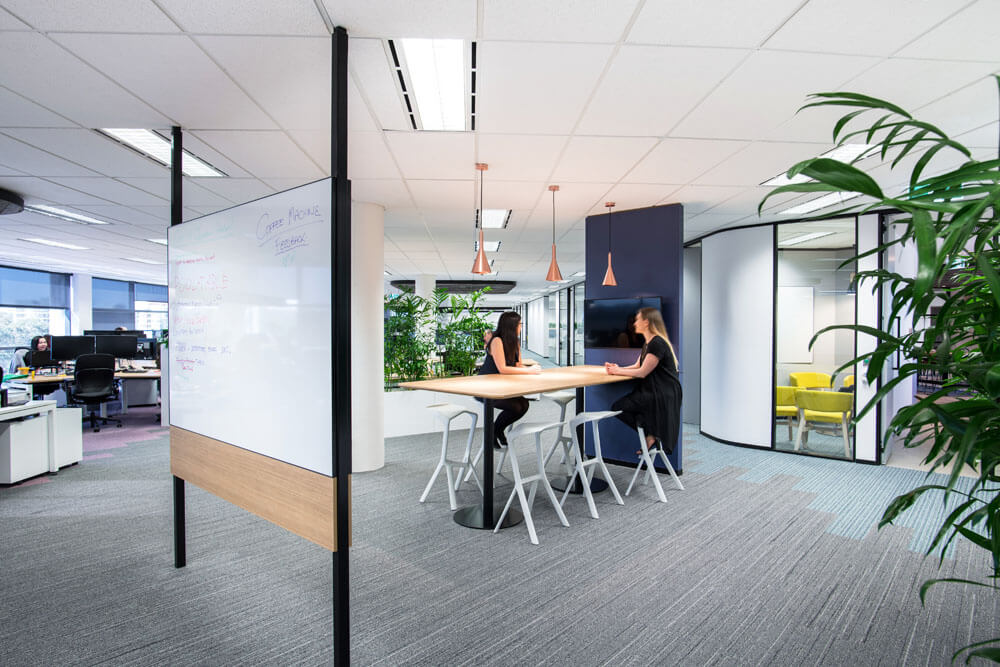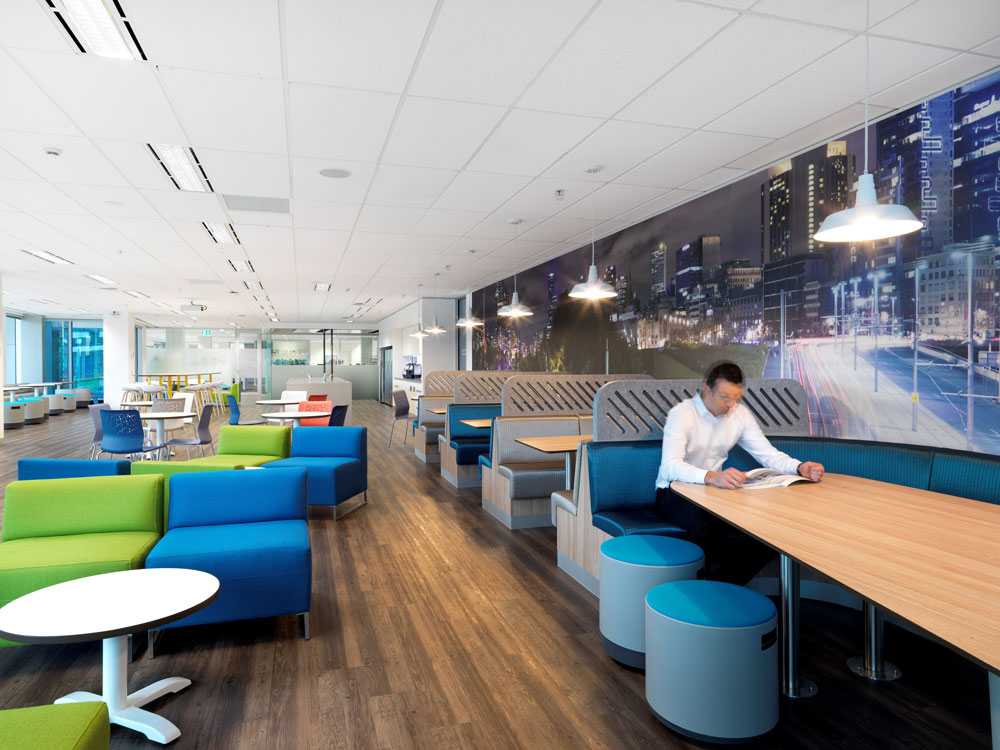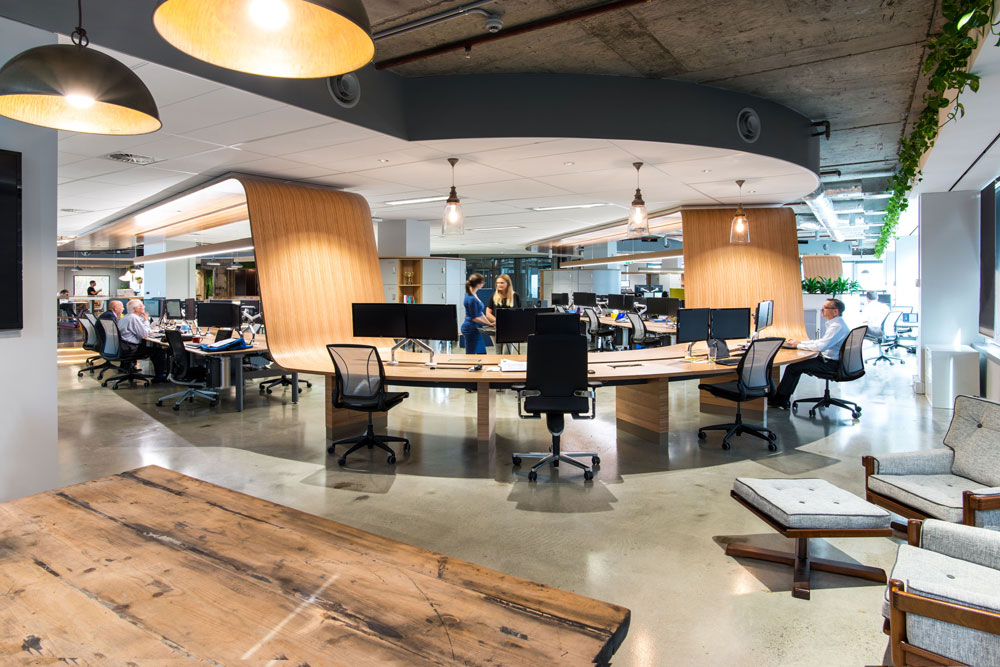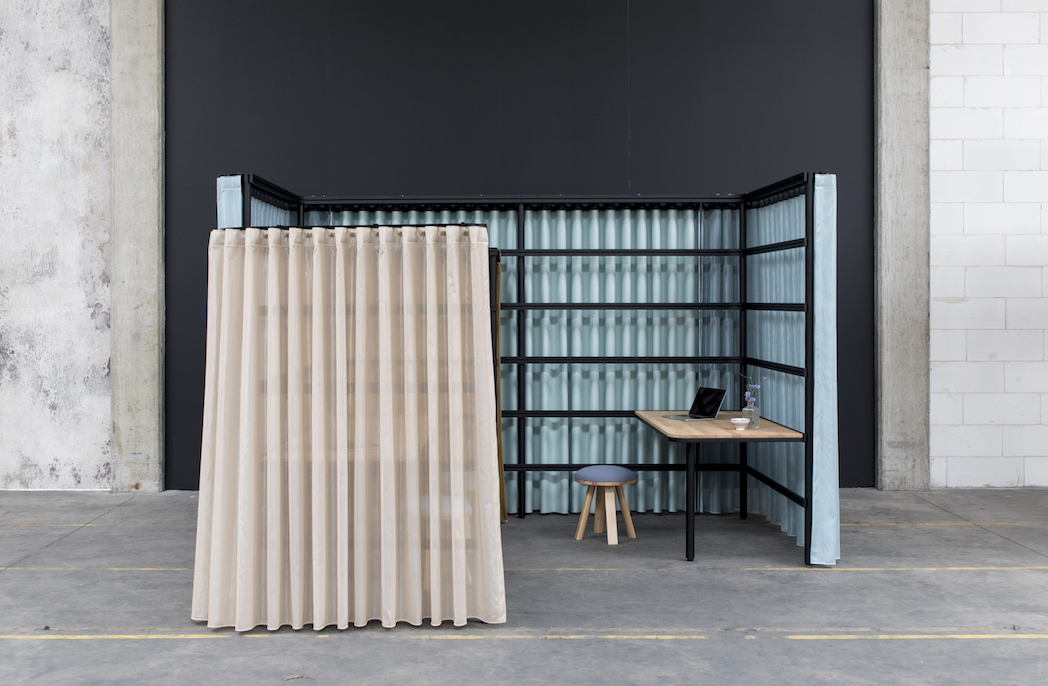
Australian pilot study into activity-based working
Share
The University of Sydney, in partnership with Southern Cross University and global interior design firm Cachet Group, will undertake a collaborative research project to assess the impact of activity-based working in Australian offices.
The pilot study, a first of its kind in Australia, will examine how activity-based office designs affect worker productivity and well-being.
Leading the research project is the University of Sydney’s Dr Christhina Candido, who runs the Building Occupant Survey System (BOSSA) in the School of Architecture, Design and Planning, dedicated to understanding the impact of indoor environments on occupant satisfaction, health and productivity.
“Open plan offices have evolved significantly in Australia over the last few decades as a result of innovative concepts such as activity-based working now becoming the norm,” says Candido.

Hitachi by Cachet Group.
“We know a lot about the issues around open-plan working, but we need to understand more about how this latest wave of activity-based work environments may affect the productivity of office workers.”
Wearable technology and novel analytical software developed by Southern Cross University and the University of Sydney will be used to capture and analyse the cognitive responses of workers in a variety of work spaces.
“By monitoring cognitive performance, we will capture the emotional and physical responses of people working in different office locations and layouts,” says Professor Dian Tjondronegoro, Southern Cross University.

Ford office by Cachet Group.
Considered a transformative business strategy, activity-based working provides a multitude of unconventional and egalitarian spaces by removing personal desks and allowing workers to gravitate to a location suited to undertaking a particular task.
“Typically, it may see workers migrating to team desks, quiet concentration rooms, a variety of meeting rooms, brainstorming areas, multi-media rooms and lounges,” says Candido.
“The advantages of activity-based working have already been widely reported in the property sector but it is time to provide evidence around this growing office trend in Australia,” she adds.
The pilot study will be carried out in a range of Cachet designed contemporary offices in Sydney with the potential for the study to be rolled out across Australia.
Rowan Hamman, managing director of Cachet Group’s Australian operation, says the Australian study will provide the research needed to develop an exemplary global practice of workplace design. “It will provide the basis for evidence-based design solutions to increase worker satisfaction,” he says.

WT Partnership by Cachet Group. Photo by Adam Crews.
“Cachet Group is extremely proud to be a part of this pioneering study with such iconic research institutions for the interior design and architecture field. We hope that data collected and information produced from the study will give us, as an industry of professionals, a greater understanding of this subject matter.
“It is also an opportunity for us to give back some of our time, energy and expertise to the industry that has supported our business and our key objective of improving the happiness and well-being of everyday Australians through strategic workplace design and innovation.”
This article originally appeared in our sister publication, FM Magazine. Lead image, Group M office by Cachet Group.
–
Read about Bates Smart’s whitepaper on the technology workplace.

















